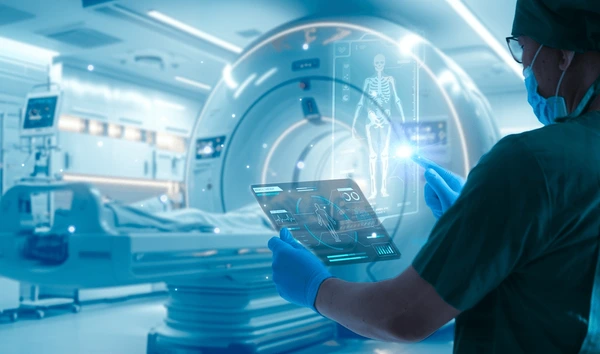Why Medical Devices Are the Next Cyber Battleground
12 August
In today’s hyper-connected world, cyber threats are no longer confined to the realms of banking, retail, or national infrastructure. A new front is emerging in the digital battlefield—medical devices. As healthcare becomes increasingly digitised, the very tools designed to save lives are becoming potential entry points for cybercriminals.
The Rise of Connected Health
Modern medicine has embraced connectivity. From pacemakers and insulin pumps to MRI machines and infusion systems, many medical devices now rely on software and network connectivity to function efficiently. These features enable real-time monitoring, remote diagnostics, and improved patient outcomes. But they also open the door to cyber vulnerabilities.
Unlike traditional IT systems, medical devices were not originally designed with cybersecurity in mind. Many still run on outdated operating systems, lack encryption, or are difficult to patch without interrupting critical care.
Why Medical Devices Are Vulnerable
-
Legacy Systems: Hospitals often use equipment for years—sometimes decades—beyond its expected lifespan. These legacy devices may no longer receive security updates, making them easy targets for attackers.
-
Complex Supply Chains: Medical devices typically involve components and software from multiple vendors. This fragmented supply chain makes it challenging to enforce consistent security standards.
-
Limited Security Oversight: Clinical performance often takes precedence over cybersecurity during procurement. As a result, many devices are deployed with default passwords or minimal protections.
-
Patient Safety at Risk: The consequences of a successful attack can be dire. Imagine a hacker taking control of a connected pacemaker or altering dosage levels on an infusion pump. This isn’t just about data breaches—it’s about lives.
Real-World Incidents
In recent years, there have been several high-profile warnings and incidents. The US FDA has issued alerts about vulnerabilities in pacemakers and insulin pumps. In 2020, a ransomware attack on a German hospital led to the tragic death of a patient when emergency care was delayed.
These incidents illustrate how cyberattacks are no longer abstract IT issues. They are tangible threats to patient safety and public health.
The Regulatory Response
Governments and healthcare regulators are beginning to take action. In the UK, the Medicines and Healthcare products Regulatory Agency (MHRA) has emphasised the importance of cybersecurity in device design and post-market surveillance. The NHS has also launched initiatives to strengthen digital defences, but many experts argue that the pace of change is too slow.
Building a More Secure Future
Addressing the cybersecurity risks in medical devices requires a multifaceted approach:
-
Design with Security in Mind: Manufacturers must incorporate security at every stage—from hardware design to software development and user interface.
-
Regular Patching and Updates: Devices must be designed to allow secure and timely updates without disrupting patient care.
-
Education and Awareness: Healthcare professionals need training to understand the risks and recognise the signs of a cyberattack.
-
Collaboration: Regulators, manufacturers, hospitals, and cybersecurity experts must work together to develop robust standards and best practices.
Conclusion
The digital transformation of healthcare brings tremendous promise, but it also introduces unprecedented risks. Medical devices are fast becoming the next major cyber battleground—not because they hold financial data, but because they are critical to human life. Recognising the threat and acting decisively could be the difference between life and death in a future where cyber warfare doesn’t just target networks, but people.
